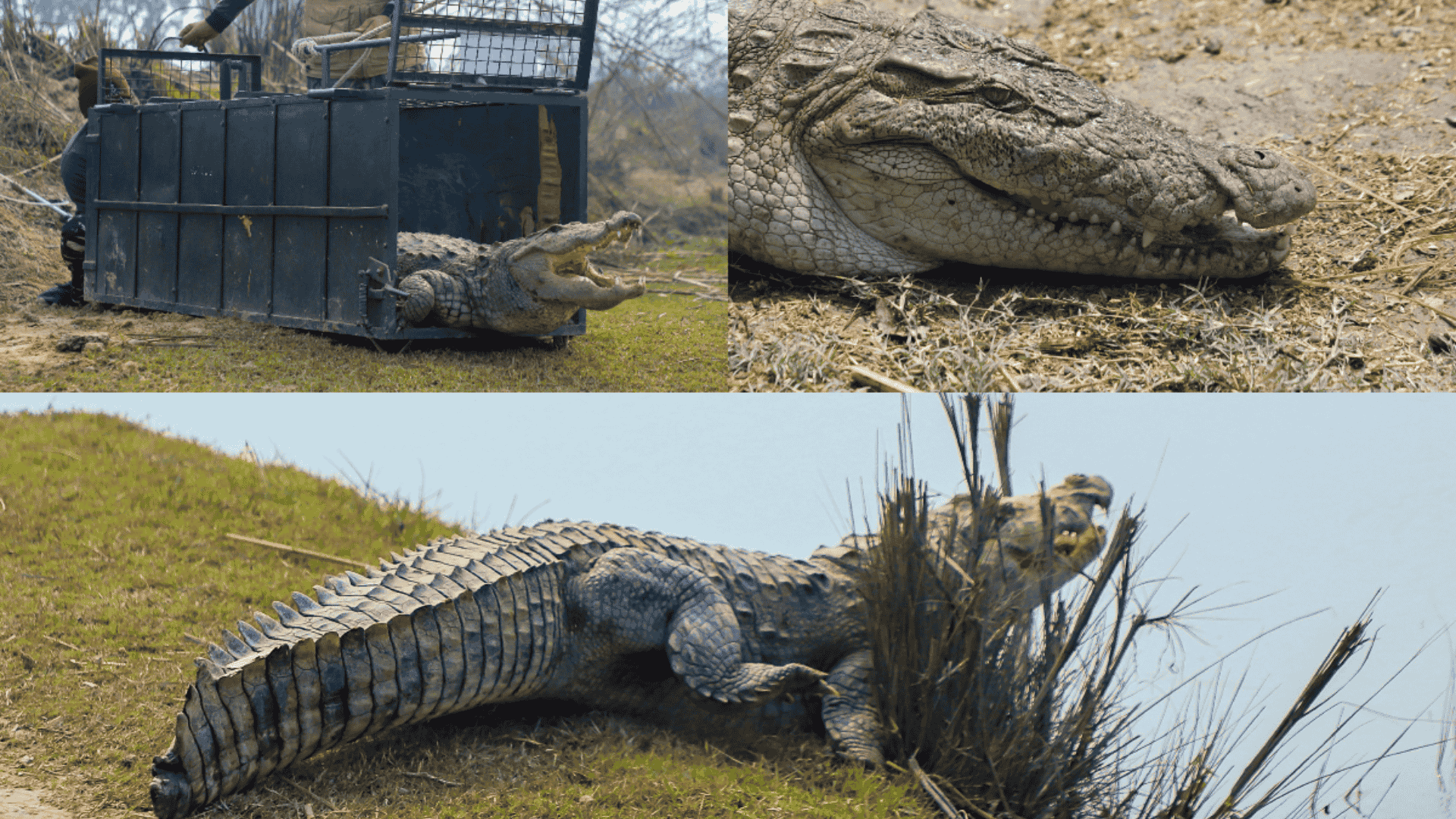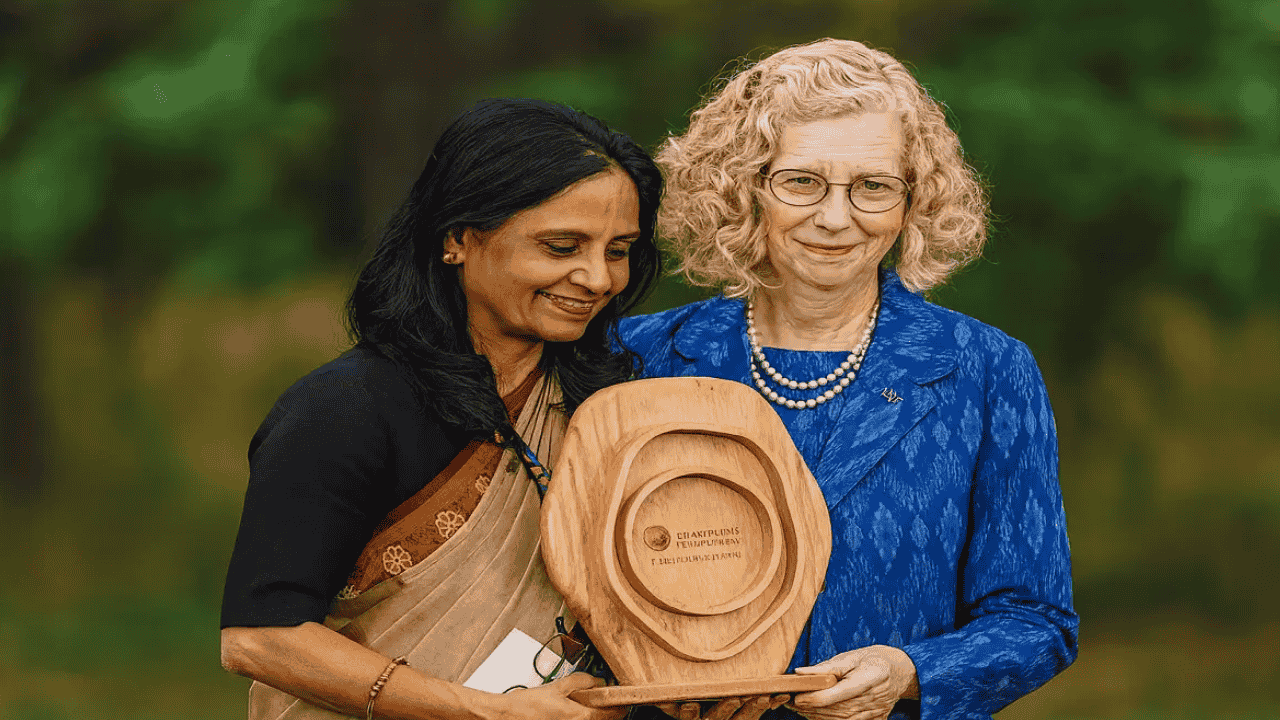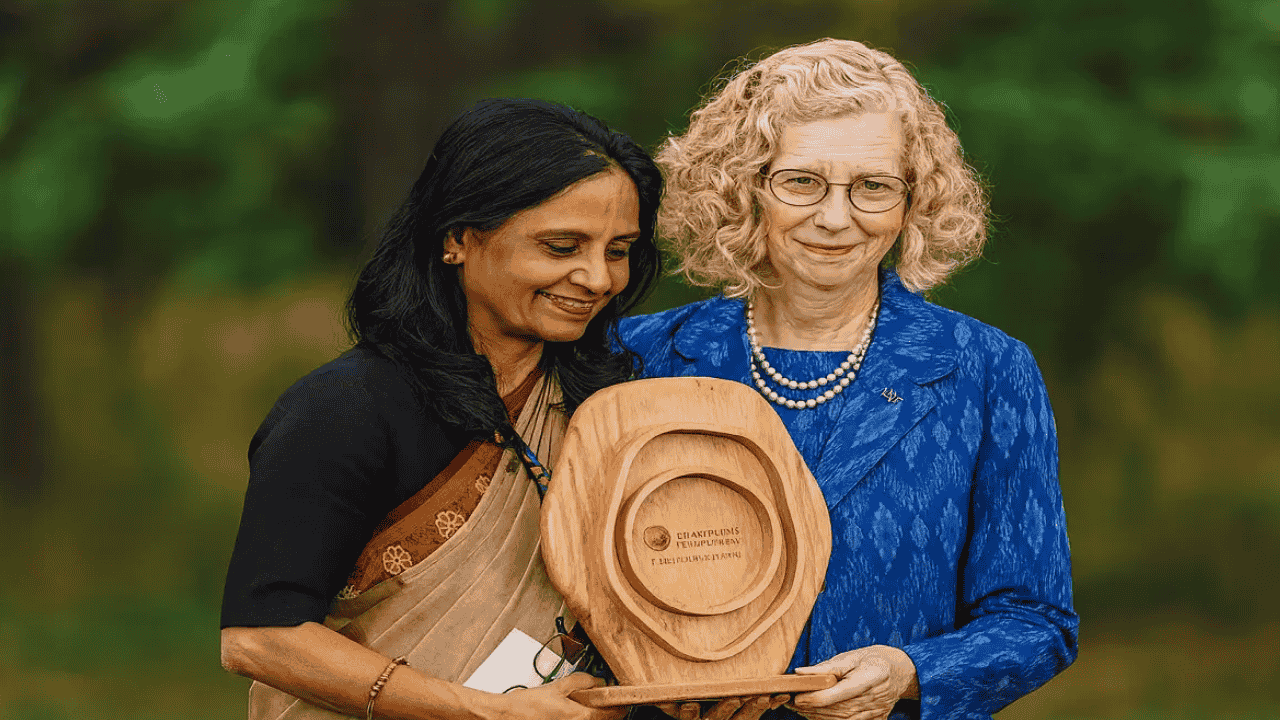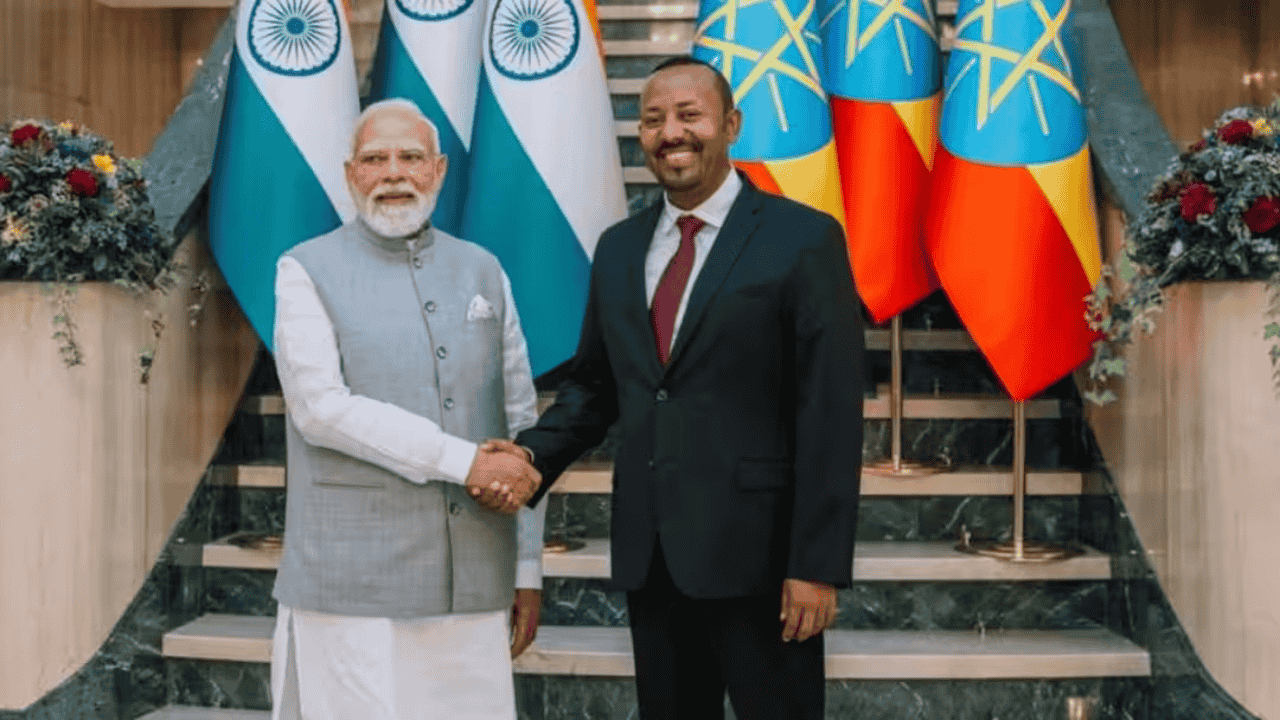Dear UPSC aspirants, today, June 17, 2025, World Crocodile Day is being celebrated. This day is not only important for global conservation but is also highly relevant for the UPSC Environment subject. Let’s understand this topic in detail.
World Crocodile Day: Origin and Purpose
When and How Did It Start?
World Crocodile Day began in 2017. It was established by the Crocodile Research Coalition (CRC) and the Belize Zoo & Tropical Education Center. This day is celebrated every year on June 17, and its main aim is to promote crocodile conservation and awareness.
Main Objectives
Spread awareness about the declining number of crocodiles
Prevent illegal hunting and trade
Promote habitat conservation
Highlight their role in the ecosystem
Ecological Importance of Crocodiles: UPSC Perspective
Role as Apex Predators
Crocodiles are extremely important apex predators in aquatic ecosystems. Recent studies have shown that crocodiles influence ecosystems not only through "top-down" but also "bottom-up" processes.
Nutrient Transfer
A 50-year study in Australia found that crocodiles transfer terrestrial nutrients into aquatic ecosystems. With the increase in crocodile populations in Northern Australia, nitrogen levels rose 186 times and phosphorus levels 56 times.
Global Crocodile Species: Facts and Figures
Number of Species
There are a total of 23–25 crocodile species found worldwide. Out of these, 7 species have been declared Critically Endangered by the IUCN.
Special Facts
The saltwater crocodile is the largest reptile in the world, reaching up to 7 meters in length
Crocodiles display maternal behavior—they protect their eggs and call their young, which is unique among reptiles
They have existed on earth for millions of years and play a vital role in maintaining ecological balance
Crocodiles in India: Species and Distribution
Indian Crocodile Species
Three major crocodile species are found in India:
Gharial (Gavialis gangeticus)
Mainly found in riverine areas
Declared Critically Endangered by the IUCN
Currently, fewer than 250 adults survive
Saltwater Crocodile (Crocodylus porosus)
Found along India’s eastern coast and in the Andaman-Nicobar Islands
1,826 individuals recorded in Bhitarkanika
Mugger or Marsh Crocodile (Crocodylus palustris)
Found in rivers and lakes across the country
About 300 individuals in the state
Distribution and Habitat
Odisha is the only state in India where all three species are found. Bhitarkanika National Park is India’s second-largest mangrove area and is especially important for crocodile conservation.
Indian Crocodile Conservation Project: A Success Story
Project History
The Indian Crocodile Conservation Project was launched in 1975, following the Wildlife (Protection) Act, 1972. This project was run by the Government of India with the support of UNDP/FAO.
50 Years of Achievement
In 2025, this project is celebrating its 50th anniversary. Its main achievements include:
The number of saltwater crocodiles increased from 96 in 1976 to 1,640 in 2012
Currently, there are 1,826 saltwater crocodiles in Bhitarkanika
16 gharials are protected in Satkosia
Conservation Strategies
The main strategies of the project were:
Collecting eggs and incubating them in controlled environments
Rearing young crocodiles
Tagging and releasing them into protected areas
Monitoring the success
Institutional Framework
In 1980, a Crocodile Breeding and Management Training Institute was established in Hyderabad. Three separate research units were set up:
Tikarpada – for gharials
Dangmal – for saltwater crocodiles
Ramatirtha – for muggers
International Conservation: CITES and IUCN
CITES Regulation
All crocodile species are listed in Appendix I or II of CITES. This regulates international trade and helps prevent illegal hunting.
IUCN Status
Of the 25 crocodile species on the IUCN Red List, 7 are considered Critically Endangered. The gharial also falls into this category.
Conservation Challenges
Major Threats
The main challenges faced by crocodiles are:
Habitat destruction: Encroachment on riverbanks, dam construction, and changes in land use
Illegal hunting: For leather, meat, and traditional medicines
Human-crocodile conflict: Especially in Odisha
Climate change: Rising temperatures and changes in rainfall patterns
Human-Crocodile Conflict
With the increasing number of crocodiles in Bhitarkanika, human-crocodile conflict has also increased. Warning systems and barricades have been implemented as preventive measures.
Key Points for UPSC
Environment and Ecology
Crocodiles maintain ecological balance as apex predators
They regulate the aquatic food chain
Play an important role in nutrient cycling
Conservation Policies
Crocodiles are listed in Schedule I of the Wildlife (Protection) Act, 1972
Success of the 1975 Crocodile Conservation Project
Role of international cooperation (UNDP/FAO)
Geography and Distribution
Three species in India and their distribution
Special importance of Odisha
Ecological significance of Bhitarkanika
Practice Questions
When was the Crocodile Conservation Project started in India?
Answer: In 1975
What is the IUCN status of the gharial?
Answer: Critically Endangered
Which state in India is home to all three crocodile species?
Answer: Odisha
Key Takeaways for UPSC Aspirants
In the context of World Crocodile Day 2025, the key points for UPSC aspirants are:
For Environment and Ecology:
Understand the ecological role of crocodiles—they are not just predators but also nutrient transporters
Know the distribution and habitat of Indian crocodile species
Learn from the success of the conservation project about how scientific management can save species
For Current Affairs:
Understand the significance of the 50th anniversary of the Crocodile Conservation Project in 2025
Know the role of international organizations like CITES and IUCN
Be familiar with measures to resolve human-wildlife conflict
For Policy and Governance:
Understand the provisions of the Wildlife (Protection) Act, 1972
Recognize the importance of international cooperation (UNDP/FAO)
Appreciate the role of local communities in conservation
This topic is not only important for the Environment paper, but can also be used as a conservation success story in essay writing. Relate it to current events and understand the power of scientific management.








